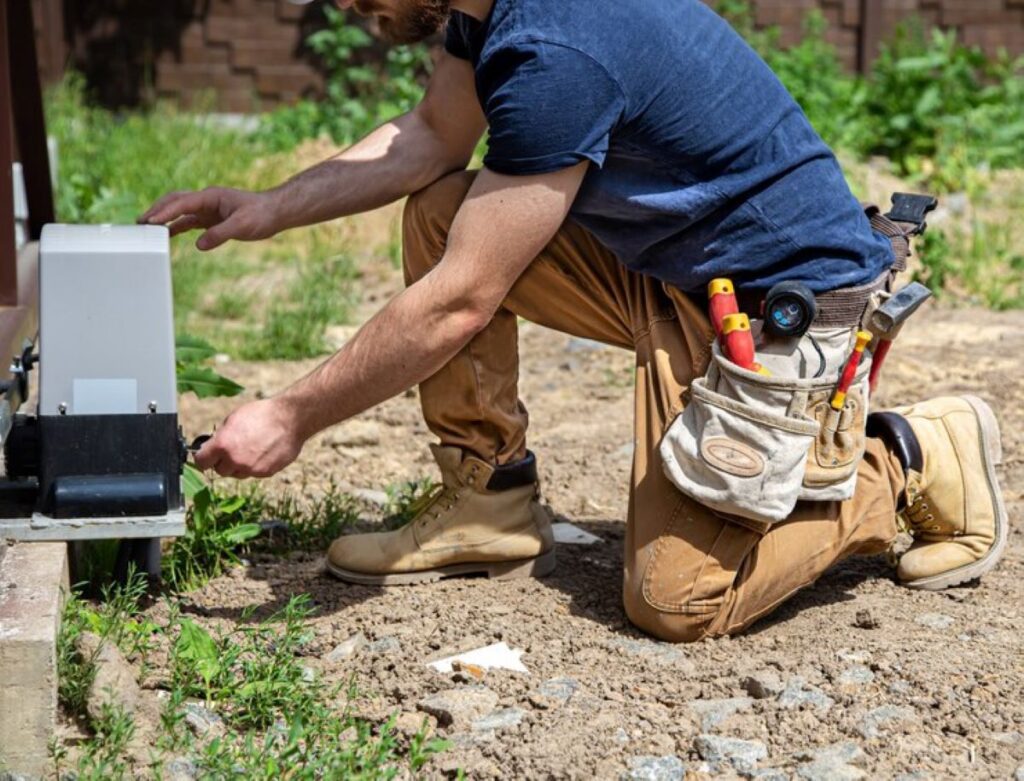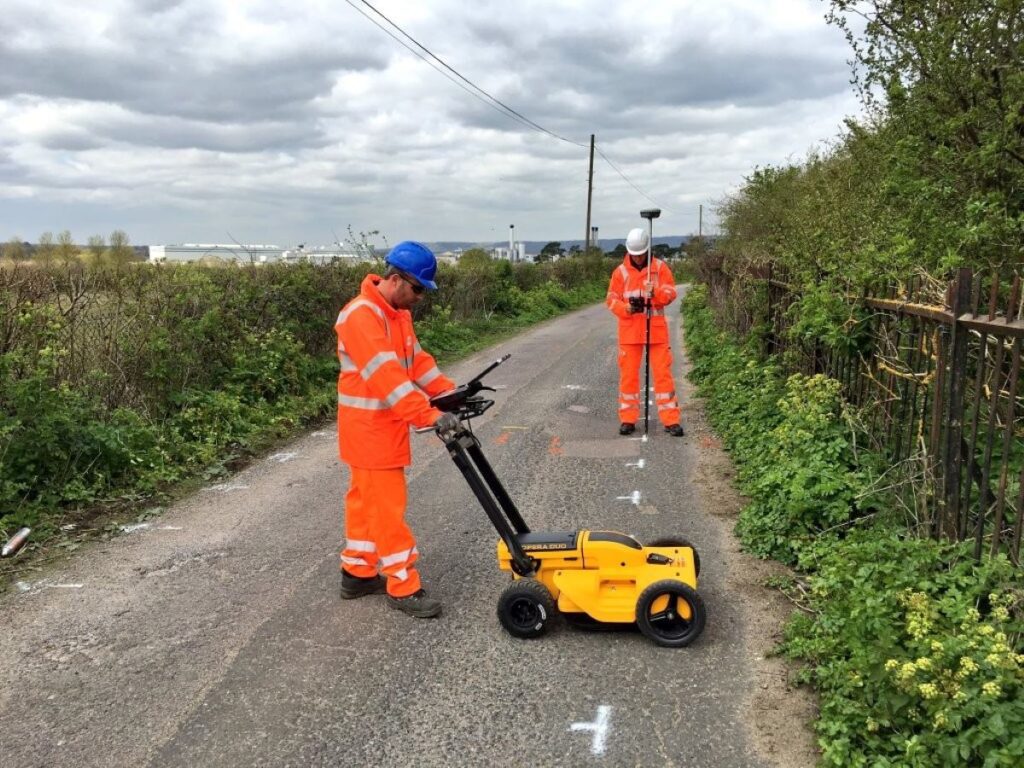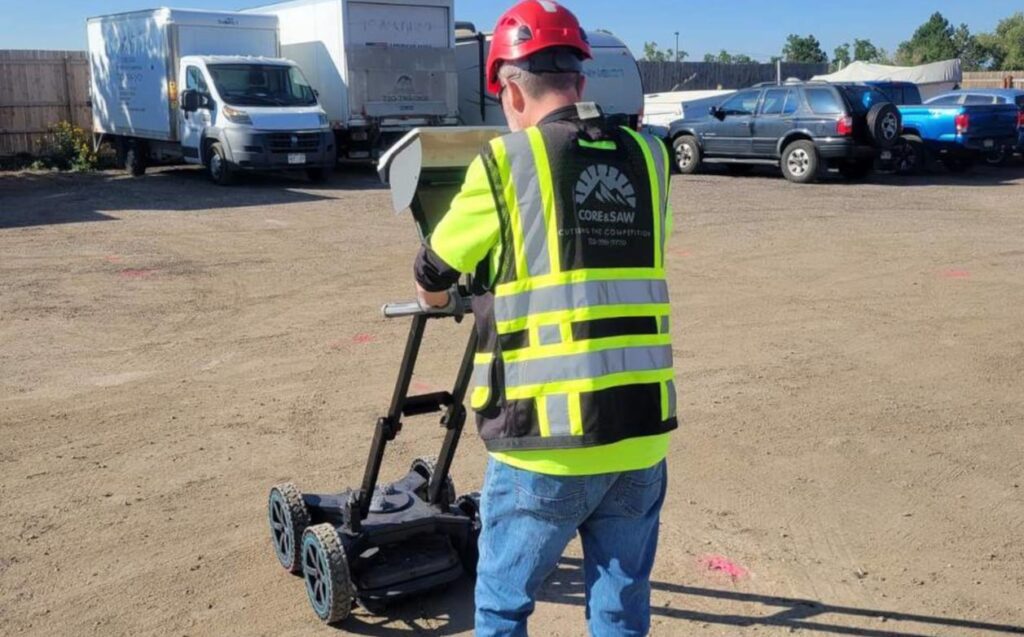In the realm of construction and renovation, understanding the intricate web of underground utilities is paramount. Failure to locate pipes accurately can lead to a plethora of problems, ranging from financial losses to safety hazards. Pipe location services are specifically designed to mitigate these risks, providing a crucial layer of protection during any excavation or construction project.
Understanding the importance of pipe location services
Pipe location services serve as an essential practice for anyone involved in construction or property maintenance. These services are pivotal in identifying the precise location of underground pipes, cables, and other utilities. Without such knowledge, contractors and homeowners face the potential risk of damaging vital infrastructure, which can lead to severe financial and operational implications.
The role of pipe location in construction and renovation
In construction, pipe location plays a critical role in ensuring that excavation activities do not disturb existing utilities. For builders and renovators alike, understanding where pipes are located helps prevent accidental damage that can halt projects, incur additional costs, and compromise overall project timelines.
Moreover, accurate pipe location is not just an issue of avoiding costs; it also influences the safety of workers on site. Knowledge of hidden pipes reduces the risk of accidents, contributing to a safer working environment for all involved. This is particularly important in urban areas where the density of utilities can be overwhelming, and the consequences of hitting a live line can be catastrophic, not only in terms of financial loss but also in terms of potential injuries.
How pipe location services save time and money
Pipe location services not only protect against financial losses but also embody efficiency in project execution. By pinpointing the exact locations of utilities ahead of time, these services ensure that complications can be avoided during the construction process.
Moreover, the investment in pipe location services often pays for itself. The costs associated with repairing damaged pipes or dealing with project delays far outweigh the fees for professional pipe location. Ultimately, these services enable projects to proceed in a timely manner without interruption caused by unexpected utility strikes. Additionally, the use of advanced technology such as ground-penetrating radar (GPR) and electromagnetic detection enhances the accuracy of these services, allowing for a more thorough understanding of the subsurface environment. This technological advancement not only streamlines the process but also provides invaluable data that can be referenced for future projects, thereby fostering a culture of informed decision-making within the construction industry.
The technology behind pipe location services
Pipe location services leverage advanced technologies that allow for precise detection of underground utilities. Two predominant techniques used in this field are ground penetrating radar (GPR) and electromagnetic pipe locating. Each of these approaches has its unique advantages, making them suitable for different scenarios.
Ground penetrating radar: A non-invasive solution
Ground penetrating radar is a non-invasive technology that utilises high-frequency radio waves to detect underground structures. As the radar sends pulses into the ground, it measures the reflections that bounce back from various subsurface materials.
This method is particularly effective for identifying plastic, metallic, and concrete pipes, making it a versatile tool for different pipe materials. Because it is non-invasive, GPR minimises disturbances to the surrounding area, making it an ideal choice for sensitive sites such as residential properties or historical locations. Additionally, GPR can also be employed in a variety of environmental conditions, including wet or dry soil, which enhances its usability across diverse geographical areas. This adaptability ensures that construction and excavation projects can proceed with minimal risk of damaging existing utilities, thereby saving time and reducing costs associated with repairs.
Electromagnetic pipe locating: A precise approach
Electromagnetic pipe locating is another essential technique used in the field. This method involves transmitting a signal along the pipeline, which can then be detected by a locator above ground. The ability to trace the path of metallic pipes makes this technology highly effective for surveying existing infrastructures.
The accuracy and precision afforded by electromagnetic locating technology enable service providers to create detailed maps of existing utilities, further aiding in planning for construction and maintenance activities. By combining both GPR and electromagnetic methods, pipe locators can achieve maximum efficacy in identifying pipe locations. Furthermore, the integration of advanced software and data analytics into these locating technologies allows for real-time monitoring and analysis of underground utilities. This not only enhances the accuracy of the data collected but also facilitates better decision-making processes during project planning and execution. As the demand for infrastructure development continues to rise, the role of these technologies in ensuring safety and efficiency cannot be overstated, highlighting their importance in modern engineering practices.
The process of pipe location services
The process of obtaining pipe location services typically involves several key stages. These stages encompass initial assessments, survey execution, and result interpretation, ensuring comprehensive coverage of the site in question.

Initial site assessment and planning
The first step in pipe location services is an initial site assessment. During this phase, professionals evaluate the area to ascertain the scope of the project. Information such as previous utility maps, site layouts, and local regulations is collected to formulate an effective plan.
This preparation is crucial; it allows experts to identify any potential challenges and facilitates the development of tailored strategies to address them during subsequent phases of the project. Additionally, engaging with local authorities and utility companies during this stage can provide further insights into existing infrastructure and any historical issues that may have arisen in the area. Such collaboration not only enhances the accuracy of the assessment but also fosters a cooperative approach to managing underground utilities, which can often be a complex and contentious aspect of construction projects.
Performing the pipe location survey
Following the initial assessment, the actual pipe location survey is undertaken. This fieldwork involves deploying the selected technologies—either ground penetrating radar, electromagnetic locating, or a combination of both—to detect underground pipes.
The survey team will typically mark identified locations and document their findings meticulously. This data not only aids in preventing damages during construction but also provides important insights for future reference and maintenance activities. Furthermore, the use of advanced technologies allows for a more precise mapping of utilities, reducing the likelihood of costly delays or accidents. As the survey progresses, real-time data analysis can be employed to adjust the approach dynamically, ensuring that all potential underground features are accurately captured and assessed.
Interpreting the results and next steps
Once the survey is complete, the next stage involves interpreting the results. Skilled technicians analyse the collected data to produce detailed reports that outline the locations of all detected utilities.
These reports serve as a valuable resource for contractors and property owners, guiding them on the safest and most effective methods for proceeding with their projects. With clear insights into the underground landscape, project teams can devise strategies that align with the established safety protocols and regulatory requirements. Moreover, these reports often include recommendations for ongoing monitoring and maintenance of the utilities, ensuring that property owners are equipped with the knowledge needed to manage their infrastructure effectively. This proactive approach not only enhances safety but also contributes to the longevity and reliability of the utility systems in place, ultimately benefiting the wider community.
Potential risks and consequences of not using pipe location services
The ramifications of failing to utilise pipe location services can be both significant and far-reaching. From financial burdens to safety complications, the costs of oversight can accumulate rapidly.
Financial implications of accidental pipe damage
Accidental damage to pipes due to unawareness can lead to serious financial repercussions. When pipes are struck, not only do repairs and emergency services incur costs, but the resultant downtime and project delays can further inflate expenses.
Additionally, industries that require uninterrupted utility services can face operational challenges and lost revenue due to disruptions, thereby amplifying the financial burden significantly. The prudent approach of engaging pipe location services can effectively prevent such costly incidents. Moreover, insurance premiums may rise following claims related to pipe damage, further compounding the financial strain on businesses. The initial investment in pipe location services can be dwarfed by the potential costs associated with damage, making it a financially sound decision for any project.
Safety hazards associated with undetected pipes
The presence of unlocated pipes can pose severe safety hazards. Dangerously, unmarked utility lines can cause explosions, flooding, or severe injuries, thus putting workers and bystanders at risk.
These hazards underline the critical need for accurate pipe location, as failure to detect potential threats can lead to catastrophic accidents. Ensuring proper identification of underground utilities is essential not just for compliance with safety regulations, but also for securing the welfare of individuals on-site. Furthermore, the psychological impact on workers involved in incidents related to undetected pipes can be profound, leading to decreased morale and increased anxiety about job safety. Regular training and awareness sessions about the importance of pipe location services can foster a culture of safety, empowering workers to prioritise precautionary measures and thereby reducing the likelihood of accidents significantly.
Choosing the right pipe location service provider
When engaging pipe location services, selecting a reputable provider is crucial. Given the stakes involved, it’s imperative to partner with professionals who demonstrate a solid track record and understanding of the processes involved.

Key factors to consider when selecting a provider
Several key factors should influence the decision when choosing a pipe location service provider. These include:
- Experience and expertise in the field
- Availability of advanced technology for accurate detection
- Transparency in pricing and services offered
- Positive client testimonials and references
Investing time in research can lead to a more informed decision, ultimately ensuring the safety and success of the project.
Questions to ask potential service providers
When considering potential service providers, it is beneficial to ask a series of targeted questions. These may include:
- What technologies do you employ for pipe location?
- Can you provide references from past clients?
- What procedures do you follow in the event of utility damage?
- How do you ensure the accuracy of your findings?
These inquiries can provide vital insights into the level of competence and reliability of the service provider, allowing you to make a prudent choice for your pipe location needs.
In conclusion, investing in pipe location services is a fundamental aspect of any construction or renovation project. The insights provided by these services mitigate risks, enhance safety, and drive efficiencies—ultimately safeguarding both financial resources and public well-being. By understanding the importance of professional pipe location, project teams can navigate the complex landscape of underground utilities with confidence and success.
More to Read : The Importance of Water Pipe Locators in Infrastructure Planning

